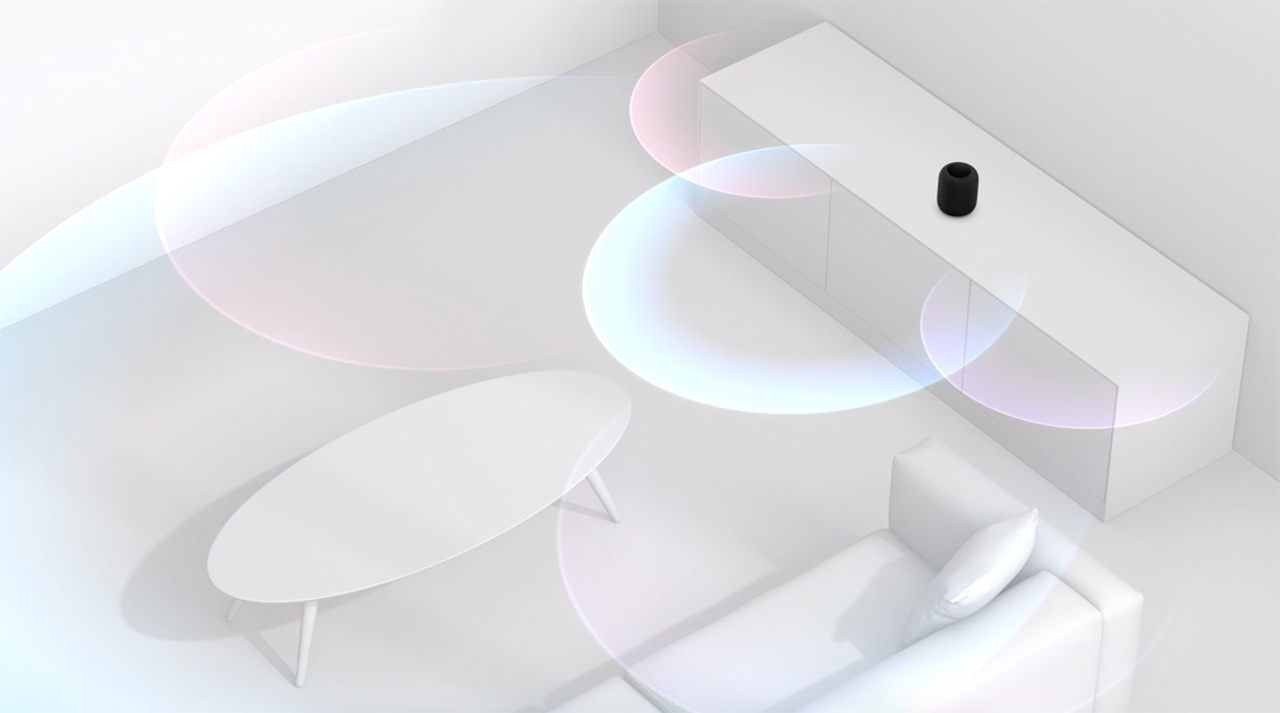

It’s a shame there’s no haptic feedback from the buttons, but given that most of the time you’re going to be controlling the HomePod with your voice it's not a big deal.

Pushing the speaker against a wall brings the best audio performance. There’s no other physical connectivity on offer, which sadly means no aux-in port for connecting up a record player or other device. We’re talking a woofer and seven tweeters, each with its own amplifier, and six microphones spread around to help pick up your voice when you're hailing Siri.Īnd once its placement is locked in, you’ll need to answer one more question: how are you going to run the power lead that comes out the back? It’s the only wire on this device, and the only thing that resembles a port too. It feels a good deal heavier than it looks, and that’s because there are so many speakers in there. That’s because this speaker is incredibly dense, packing 2.5kg of weight into its 172mm (6.8-inch) high frame. If you’re thinking of picking up the HomePod you may want to go with both hands to start with. (Thankfully you can also stop requests to the speaker messing with your music listening history – if you’re trying to build decent automated playlists on Apple Music, your housemates playing Justin Bieber and Moana on repeat won’t ruin everything.) Apple HomePod design If it's not adjacent to a wall then the HomePod will chuck the sound out in a 360-degree space, although in most cases we’d imagine people would use the speaker up against a wall.Īfter that’s all set up, you can leave the house with your iPhone and your family or housemates will still be able to use the speaker, although you can turn off ‘personal requests’ based on your information if you don’t want other people meddling with your business.

Seven steps and the speaker is ready to go.

The executives in Cupertino seem content to let the rest of the industry stride ahead with a new form factor, identify the issues and then offer something that ‘just works’. In many ways the HomePod was a late entry to the smart speaker game, but Apple has never worried too much about that. Of course the HomePod may borrow half of its name from the iPod, but it seems that we're still asking that same question posed by previous Apple devices: is it worth paying large prices for an Apple-branded device that fits seamlessly into its own ecosystem as opposed to a third party wireless speaker like the Sonos One? Another exciting new feature is Pandora integration – it's the first time a third-party streaming service has been available on the Apple HomePod, and it could pave the way for future partnerships with the likes of Spotify and Tidal.


 0 kommentar(er)
0 kommentar(er)
